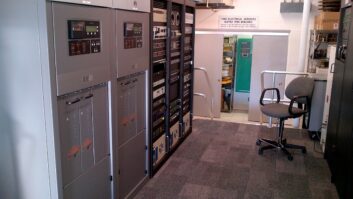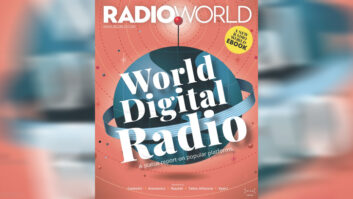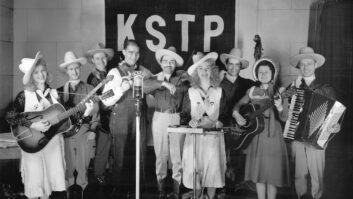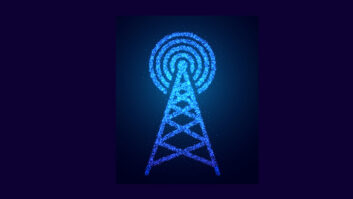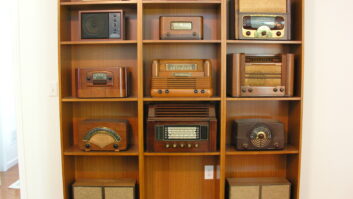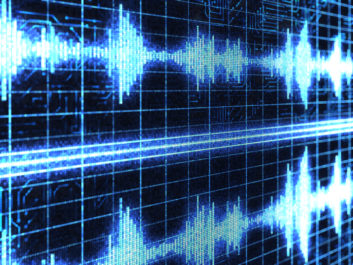 Regarding Larry Langford’s commentary “Sweeten the Pot to Entice AM Digital”:
Regarding Larry Langford’s commentary “Sweeten the Pot to Entice AM Digital”:
My initial concern is what a 100% digital signal will do to co-channel and first-adjacent stations who are operating in analog with listeners in the fringe. Should these analog AM stations be given compensation for the loss of coverage? Should they be given companion channels of operation to replace lost coverage?
I still recall a rather contentious debate in a broadcast list some decade or more ago. The CE of a Class 1B station was bragging about his IBOC, while some people were complaining about how it chewed up analog stations some 100 to 400 miles away at night. The fellow justified the use of power and propagation as being “necessary to cover the station’s market area, roughly 45 miles in radius.”
So to cover a 45-mile radius of market, we have to ruin a 400-mile radius of spectrum? Isn’t this like playing your 250-watt stereo at full volume in an apartment complex because you’re deaf and unconcerned that it’s bothering the neighbors?
I still think that in the scope of protecting what we have and need for public service, the FCC should revise the frequency tables, using the recent incentive auction as a model.
Move TV broadcasters out of Channels 5 and 6. Allot that spectrum to digital radio broadcasters with a caveat that after five years on the air, they surrender their analog service. Mandate that all new radios (especially mobile) be outfitted with the new DM band. And since most 1A/1B broadcasters see no financial value in long-distance transmission, cap all transmissions to provide a 45-mile radius.
Working the math, you could get all the wannabe digital stations into the new band, and over time analog would pass. However it won’t be killed off by those wanting digital more than the need of listeners wanting analog.
Radio World welcomes letters to the editor to radioworld@futurenet.com.

